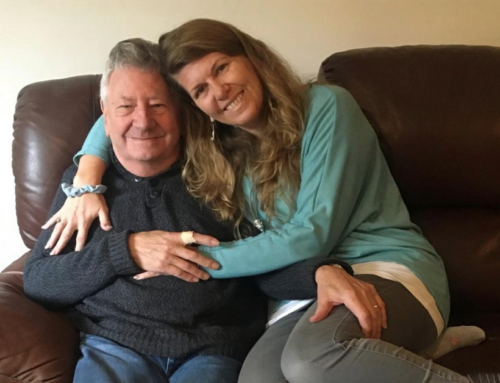
Whilst we will be convinced we are right (that’s a sign of being at War with someone) and will usually have lots of evidence for our ‘rightness’, conflicts often arise because of a person’s perception of an event, situation or behaviour, rather than the event, situation or behaviour itself.
There have been several items in the news recently that illustrate just how much our perception alters our feelings about a situation. Here are the bare-boned facts of three of these stories:
- A mother killed three of her children.
- A man was given an injection by a doctor and died 43 minutes later.
- A young woman died suddenly.
These are the irrefutable facts of the stories that may in themselves provoke a reaction from you when you read them. Let’s look at some further facts about each one. Notice how your perception changes as you find out more information, how you add in your own experiences and knowledge, and how this affects the way you feel about each story.
Story One
A woman smothered three of her four children whilst they slept.
The children were twin boys aged three and their older sister aged four.
All three children suffered from a genetic disease which causes muscle weakness and loss of movement.
The children were not expected to live beyond the age of five.
The mother cared for the children night and day and had not had a full night’s sleep for many years.
At the time of the event, the mother was caring for the children on her own, as the father was abroad with their elder daughter.
Story Two
A man took 43 minutes to die after being given a lethal injection.
The injection was given by the State of Oklahoma, where the man had been on death row for 14 years. It was the first time this combination of drugs had been used.
The man was seen to writhe, convulse and try to speak for several minutes before officials closed the blinds. He was pronounced dead a while later.
The man had been convicted of kidnapping a 19 year old girl, shooting her and then burying her alive.
Story Three
A 25 year old woman was found dead at her home by her husband.
She was a mother of two children, both aged under 2.
Her own mother had died of a heroin overdose when the woman was eleven. She had tweeted a picture of herself as a baby with her mother a few days before she died.
She was from a very high-profile family.
Although a post-mortem was inconclusive, a month after her death there are several reports that heroin was the likely cause of her death.
All of these stories carry a potential roller coaster of emotional response. Story number three in particular provoked a loud response in the media when it happened. Words such a ‘tragic’ and ‘sorrow’ were used in many of the reports of the young mother’s death, yet when the possibility of heroin came into the mix, the tide of feeling changed quickly, and many websites, papers and commenters branded her ‘selfish’ and ‘uncaring’. The fact that she died suddenly, leaving behind a grieving young family, hasn’t changed – just people’s emotional reactions to it. Given these emotional reactions were so extreme about a woman that most of the commenters had never even met, it starts to make sense how our own emotions can cloud the facts when we are in conflict with someone much closer to us.
It’s very easy to play judge and jury on the behaviour of others, whether in the press, our office space or in our homes. Yet the only person’s thinking, feeling or behaviour we can change is our own. Our perceptions of the facts, created by adding our life experience to the mix, make an enormous difference to the way we see the ‘truth’. In order for conflict to be resolved, we first have some untangling to do.
Over to you
If you find yourself in conflict with someone, take a look at the situation objectively. What are the actual, provable facts (ask yourself if you could record it on CCTV) vs your interpretation of the facts? Notice how your perception of the situation affects how you feel, how you then behave as a result, and how this might be adding to the conflict. Our Spiral of Disempowerment tool can help you unpick this – get it here.
Do you know someone who could benefit from War to Peace?
If you know someone who would benefit from disentangling feelings from facts, our next open-access War to Peace workshop has been fully booked for some time, so do ask them to join our wait list for June’s workshop or BOOK NOW for our next workshop with spaces in October.
P.S. Pass it on!
Found this useful? Then please share this article using the icons below and do leave us a comment.
How separating facts from feelings can be your first step out of conflict.
Please leave your name and email address at the top or bottom of this page to receive more articles like this.







Gosh, it is amazing the filters we put on the facts and how they can become distorted. This is a reminder to pause and look at the indisputable facts first and take out the noise …